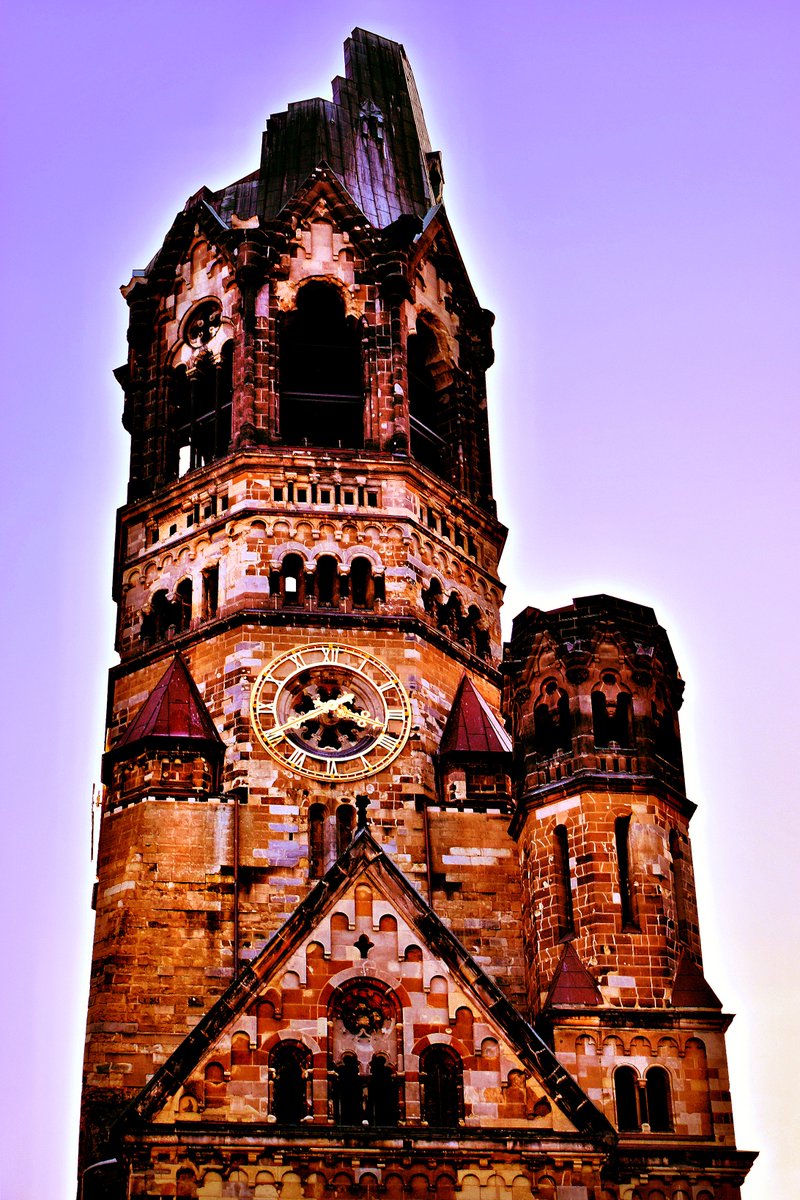

But, says Michael Hardt, a professor of literature at Duke University in North Carolina, it also encourages a dangerously simplistic "anti-Americanism", which adds to the risk of confrontation between Europe and the US and neglects other issues and smaller nations".From Eric Bogle's text, Wader adopts the soldier's age and year of death, the fear that his death might have been horrific, the realization that the same thing will repeat itself over and over again. That makes it conveniently easy for the movement to rally support. But this time, they have not been persuaded by the evidence to justify it that has been placed before them." In contrast to the complex, faceless questions that dominated the anti-global protests, the anti-war movement today has a single issue and a single hate figure. "The same people backed war in Kosovo in 1999. "The demonstrators are not condemning in advance any use of force," says Pascal Boniface, director of France's Institute for International and Strategic Relations.

If the protest movement is led by left wing veterans, the public support is diverse, in terms of age, background and political belief. More than five million protested in cities across Spain. On the same day of that demonstration in Berlin, more than 750,000 gathered in Britain, making it the country's largest protest. But now the focus and direction are there and the public response is enormous and seems to be swelling.

In six months, Bush has rejuvenated a movement that was born in the 1960s during the Vietnam War, had a second wind in the missiles crisis in the 1980s and returned in the late 1990s for an unfocused, directionless rant against globalisation. One man can be thanked for bringing this back into the spotlight, President George W. Left-wing New Zealand-born journalist John Pilger. Veteran French anti-globalisation campaigner Jose Bove. Recently retired British politician Tony Benn. Tariq Ali, who made his name as a left-wing protester against the Vietnam War, and is now a writer and broadcaster. They include Daniel Cohn-Bendit, a leader of the student uprising in Paris in 1968 and now a Euro-MP for the Greens. The people leading the demonstrations against an Iraqi war are a Who's Who of radicalism from 30 years ago. Yet the wrinklies' return to the protest front is not just a German phenomenon. Like middle-aged people everywhere, they instinctively reach back into their glory days for comfort and a compass. But it is only natural for the people who run Germany's anti-war movement to turn to it for their anthem. So the song may be obsolete, and the crisis that it marked is now a yellowing footnote of history. By the end of that decade, those missiles and their Soviet counterparts were scrapped and the Warsaw Pact and the Soviet Union had collapsed. In the 1980s, a rendition of Es ist an der Zeit was part of the campfire ritual wherever Germany's rebellious young gathered for what was then the big issue of the day, the deployment of US medium-range nuclear missiles in Western Europe. And singer-songwriter Reinhard Mey, who wrapped up the demo with his anti-war hymn Es ist an der Zeit (It is time). There was the actor Peter Sodann, who boldly declared war to be a crime. There was singer-songwriter Konstantin Wecker, a driving force in the 1968 student demonstrations, who called for the imbalance between the will of the people and government policies to be redressed. It was indeed like old times, and old faces were there to go with it, a galaxy of veterans whose record of anti-war, anti-American and anti-nuclear activism dates back decades. "The peace movement has returned, with the old revolutionary poets redolent of earlier peace marches," said the Berliner Zeitung newspaper. By CATHERINE FIELD Herald correspondent PARIS - "It was like the 80s," a German campaigner said with a nostalgic sigh as she told of the demonstration on February 15 that gathered about 500,000 Berliners to oppose the looming United States assault against Iraq.


 0 kommentar(er)
0 kommentar(er)
